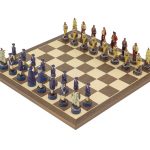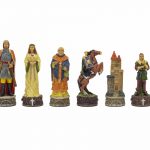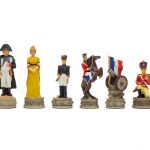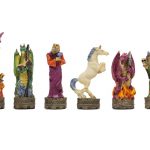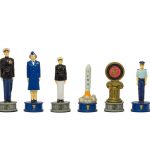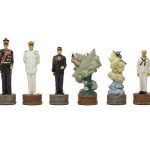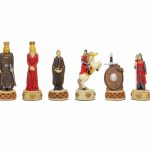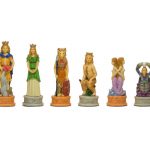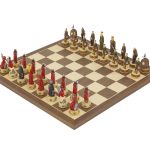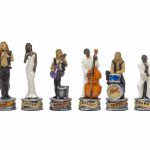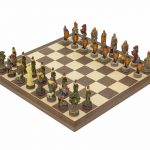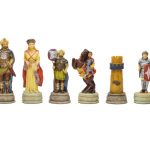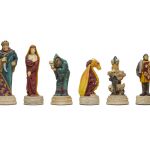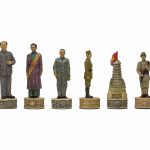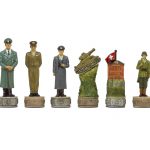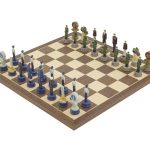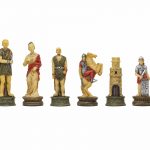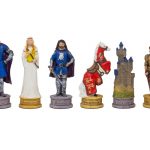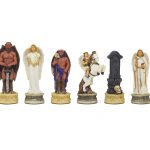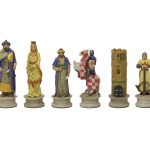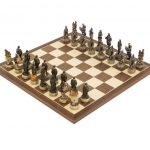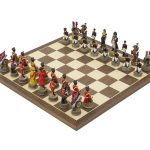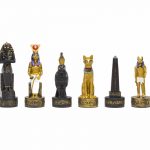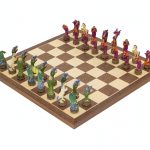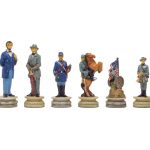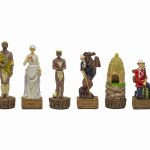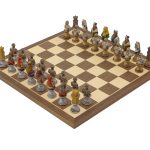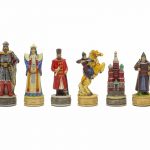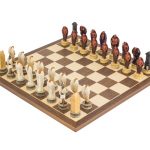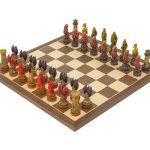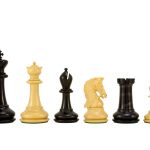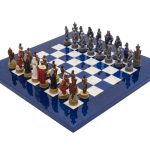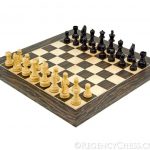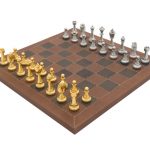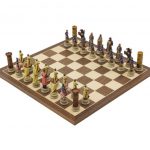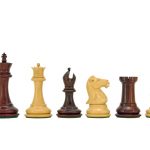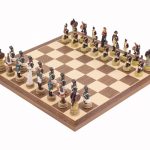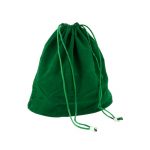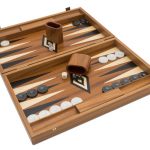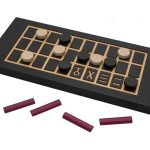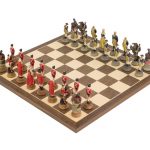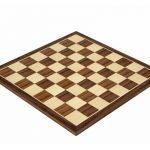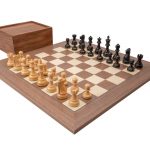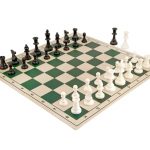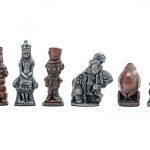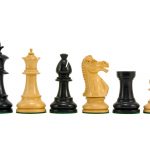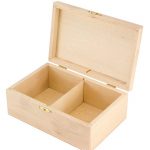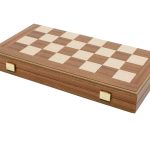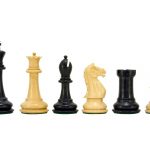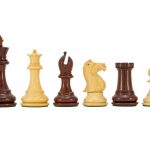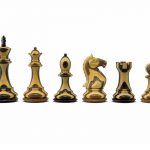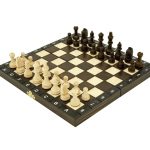Disclosure : This site contains affiliate links to products. We may receive a commission for purchases made through these links.
The Pirates Vs Navy Hand painted themed chess pieces by Italfama
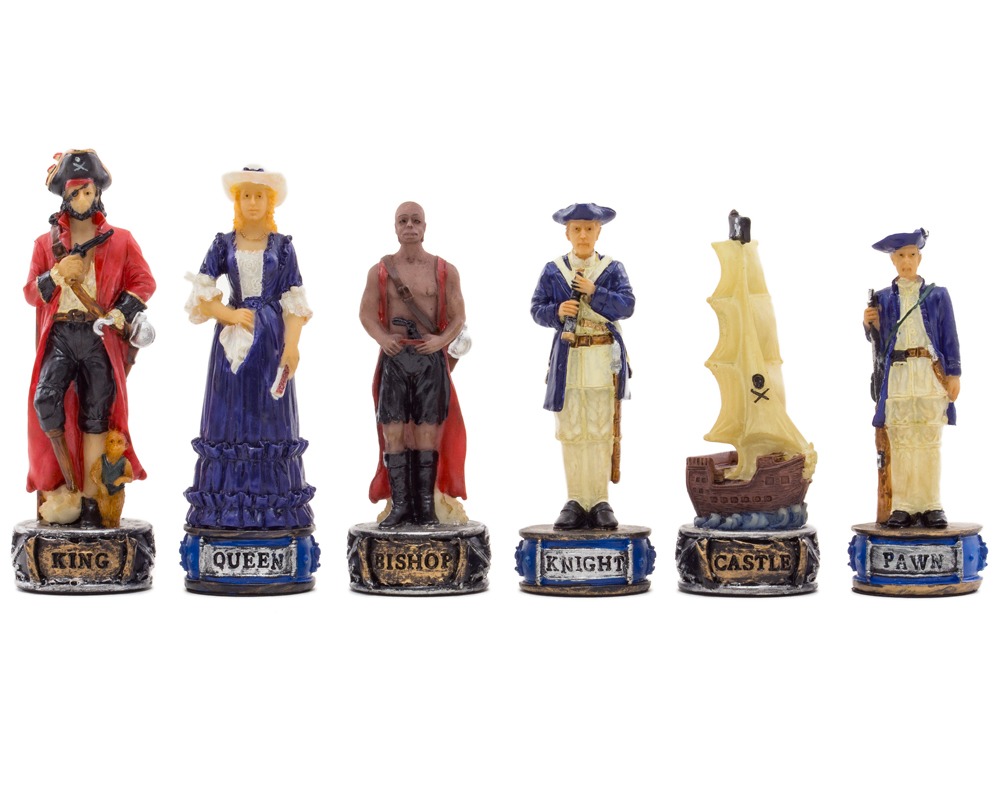
Made in Italy. Superb detailing. 3.25 inch king. Presented in gift packing. Ideal for 15.75 inch board. THE CHESSMEN Made by the world famous Italfama, each of these chess pieces has been crafted from crushed stone composite. The exquisite detailing flows from the pawns, portrayed as British Infantry and swashbuckling deckhands, through to the knights and bishops. Both of these are portrayed as higher-ranking officers or pirates. The Pirate King is romantically portrayed: from his peg leg to his eye patch and pet monkey. The Navy King is handsomely decked in the traditional Naval uniform of that period together with his fashionable wig and eyeglass. It is the rooks in this set that are the most outstanding pieces. These galleon style warships have all the carving detail from the wood hull to the billowing masts. Atop, each side bears either the UK standard or the Jolly Roger. We have matched these fine pieces with a walnut and maple chess board to give you The Pirates vs Navy Chess Set. With or without the board, this would make a superb gift for any chess enthusiast or Pirates of the Caribbean fan. THE HISTORY The earliest documented instances of piracy were in the 14th century BC, when the Sea People or seafaring raiders, attacked the ships of the Aegean and Mediterranean civilisations. The classic era of piracy in the Caribbean lasted circa 1650 – mid 1720s. By 1650 colonial empires were emerging at the hands of England, France and the United Provinces. These developing colonies incurred a sizeable amount of seaborne trade and a general improvement in the economy. Money was being made – or stolen – and the majority of it travelled across the waves. French pirates or buccaneers, were settled in Northern Hispaniola as early as 1625 but initially lived as hunters rather than thieves. Their move into full time piracy was gradual and provoked, in part, by the Spanish attempts to wipe out not only the pirates but the animals they hunted to survive. The pirates then moved their attentions to the island of Tortuga, a more defensible offshore island which limited their resources and increased their raids. The increase in piracy on Tortuga was intensified by the English relieving Spain of its hold on Jamaica in 1655. Early English Governors of Jamaica granted, quite freely, ‘letters of marque’ – government authorisation – to attack and capture enemy vessels to be brought before admiralty courts. The development of Port Royal gave the seafaring raiders a far more profitable and enjoyable place to sell their booty.








